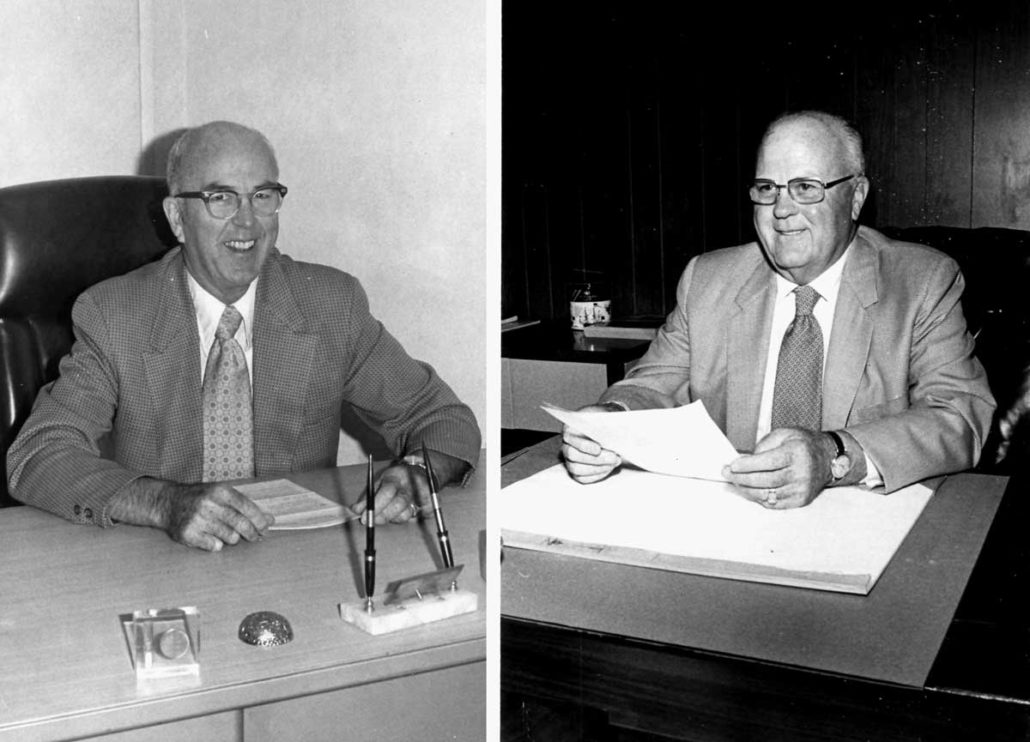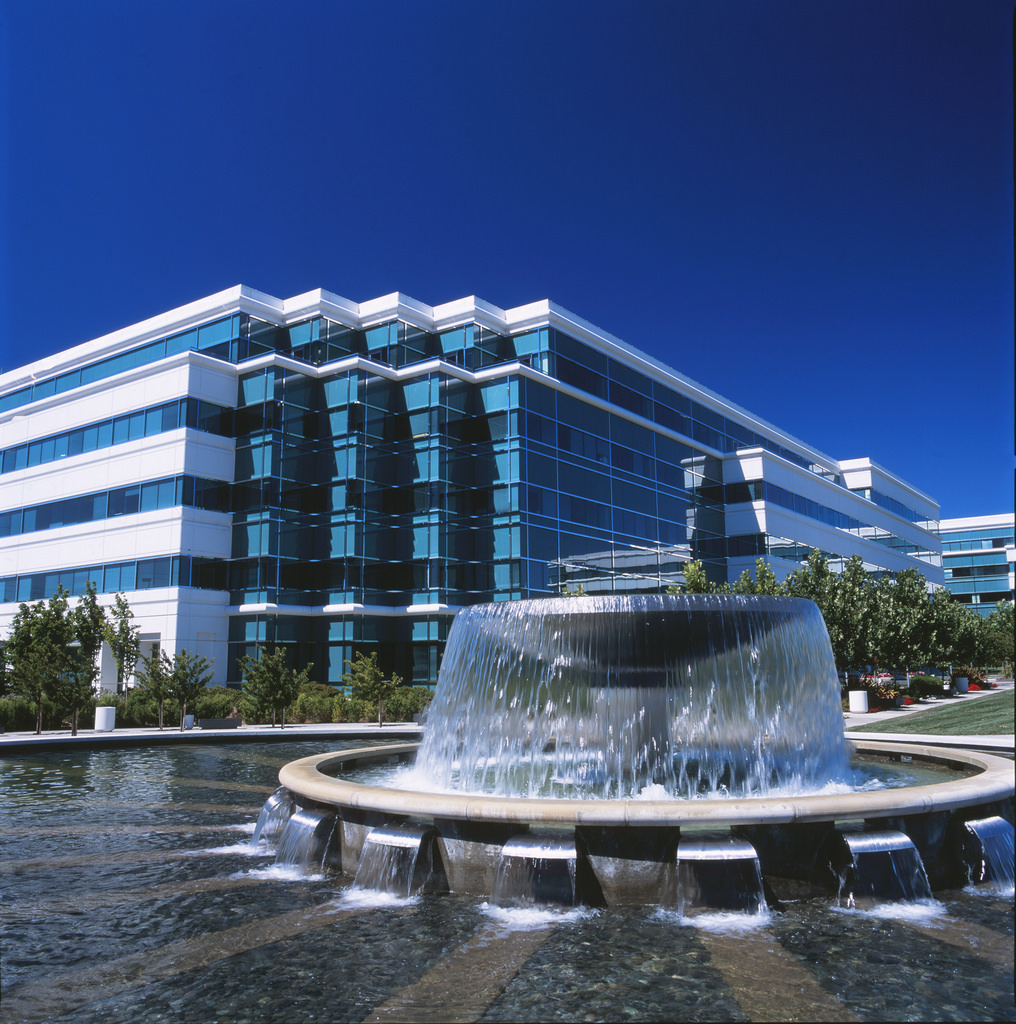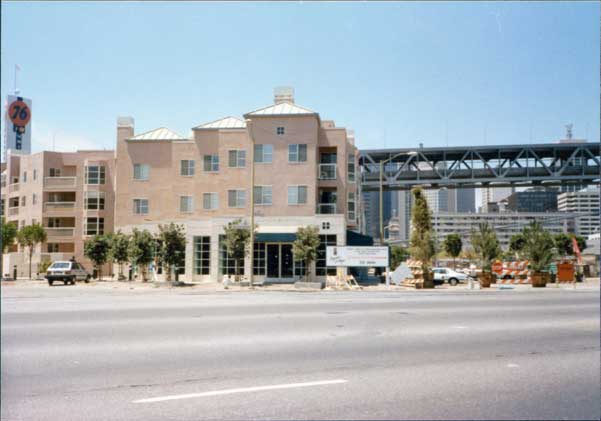We invite you to take a walk through the history of the company from 1904 onward.

1898
William Lawrence (W.L.). Hickey is sent west from Chicago by his father to live with his older brother, Tom Hickey, in South San Francisco. Tom was the head butcher at Western Meat Packing plant and brought young William on board to work with him. Tom would work his way up to managing the company and then move on to local politics. He became a county supervisor serving for over 30 years in that position. During his tenure, he pushed for the building of the El Camino Real, preservation of the Crystal Springs preserve, formation of Memorial Park were amongst his accomplishments. Posthumously, Hickey Boulevard (off Highway 280) was named in his honor.

1904
In 1904, William Hickey teamed up with his neighbor Walter Bills joined together in partnership to install and service the growing in-door plumbing industry. With the growing popularity of this new trend, they found business was good. A young W.L. hickey dressed in overalls and a bowler hat poses for a picture in 1904.

1914
W.L. Hickey buys out Walter Bills for $662.80. The original bill of sale is shown on the left.

1918
The company moved out of the William and Helen’s home to a shop on Linden Avenue in downtown South San Francisco. The company expanded from primarily service and repair to installing plumbing in new homes. James C Hickey, William’s third son, is the young boy on the tricycle.

1924
In this year Williams’s oldest son Edward would join the company changing the name to W.L. Hickey and Son to recognize the addition of a new generation of participation. (note the telephone number on the truck is #74)

1946
With the need for more office and yard space, the company purchased a building in Lomita Park (later to be annexed by San Bruno) on the El Camino Real. This would serve as the main headquarters for the next 20 years. In 1947, W.L. Hickey retired and the sons Edward, William and James bought him out to form a new corporation called W.L. Hickey Sons, Inc. This facility would prove very useful with the advent of World War II with the returning troops in need of housing for their new family. The company found itself doing tracts of houses starting ten new foundations a day on some developments.

1947
In 1947, Edward, William and James Hickey bought out their father (W.L. Hickey) and formed W.L. Hickey Sons. Pictured to the right are Edward and James in 1970.

1955
The company expanded beyond doing single-family housing by expanding into the commercial retail and office buildings. It participated in the building of Hillsdale Mall in San Mateo, California one of the first malls of its type in America. Along with this retail space it participated in doing the new expansion of office buildings being erected around the greater Bay Area.

1959
The company went through a major expansion opening new offices in Marin City, Goleta, Sacramento and Truckee California, along with one in Wendover, Utah. The Truckee facility was used as a base for installation of all the plumbing at the 1960 Squaw Valley Olympics.The company continued to participate in the building of large tracts of housing in and around the Bay Area. It started a development in 1953 with Sunset Homes that would finally finish in 1975 with the completion of the last of 4,500 homes. In 1953, the company moved its primary headquarters from San Bruno to Sunnyvale where it still maintains its headquarters to this day. The move enabled them to be closer to the building boom in what would be known as the Silicon Valley.

1965
WLHS completes the new United Airlines Maintenance facility at San Francisco International Airport.

1979
Along with doing single-family housing, the company expands into large scale high density apartment buildings shooting up around the Bay Area. In 1979, its partnership with Sunset Homes would continue with the newly named Sunset Development. In the ensuing 30 years, it would plumb over 4.5 million square feet of Class A office space in the premier office park called Bishop Ranch.

1986
The company in conjunction with Forest City Development does the plumbing on the first phase (300 units) of the Bayside Village project directly below the Bay Bridge anchorage in San Francisco. This project was the first high density residential to be built in the South of Market Area (SOMA).

1988
WLHS does the plumbing for Diablo Systems in Fremont, CA complete with an emergency generator system. (Michael Hickey seen supervising installation of fuel tanks)

1997
Edward and Michael navigated the transition of ownership in W.L.Hickey Sons from 2nd to 3rd generation.

2004
The company celebrates its 100th anniversary at Santa Clara Convention center with 500 guests in attendance composed of current and past employees, contractors, vendors, relatives and friends.

2018
The company is being actively managed by Edward Hickey (President) and Adam Hickey (General Manager) as it moves into its 2nd 100 years. Through their guidance WL Hickey Sons has invested in new technology and adopted new building practices. This investment has enable the company’s plumbing systems to be constructed in virtual reality through a 3D BIM modeling software program, months before being installed at the project. Clients can then choose to coordinate the model with other building elements to ensure the systems can be installed as designed. This provides certainty to General Contractors and Developers that the construction schedule is achievable and their building’s systems will be installed with the best solutions for the overall project. Looking to be part of the solution to the San Francisco Bay Area housing shortage, the company has been part of the design and construction of “Modular” or “Prefabricated” construction in high density applications. The innovate approach is in the company’s DNA.

2022
The company has achieved a feat few businesses can stake claim to, transitioning to it’s fourth generation of ownership and management. While Michael and Edward Hickey (3rd generation) are not part of the day-to-day operations, they are available to Adam Hickey (4th generation) to aid him as he runs the company. With marque transit oriented high density mixed used housing projects in the backlog and an eye to continually building solutions to the San Francisco Bay Areas’ housing crisis the company is positioned to remain an industry leader.
